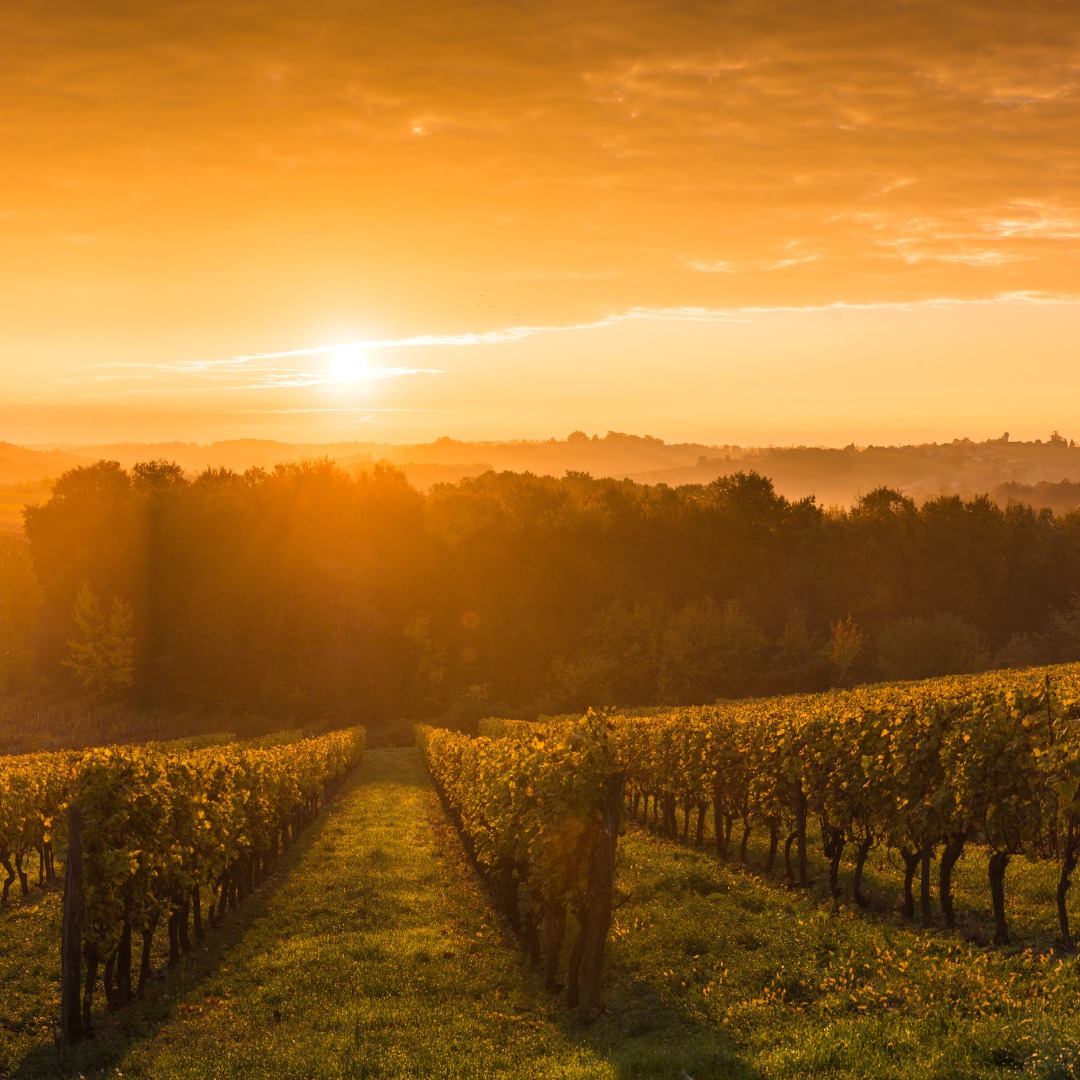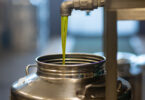The Wolf Post offers a professional service with free access, without subscription.
For this reason, a donation would also be a sign of appreciation for our work.
In the Gisborne region of New Zealand, wine began to be produced in 1850 for altar purposes and from 1909 for pleasure. The first vines are believed to have been planted in 1840 by Reverend William Williams at Kaupapa Mission Station, Manutuke, then a decade later by French Marist missionaries Father Lampila and brothers Basil and Florentin near Muriwai.
In 1909, Austrian blacksmith Peter Gurschka planted about an acre of grapes in Manutuke including Black Hamburg, Framina and Albany Surprise and by 1916 was producing 700 gallons of wine annually.
The first significant commercial winery in the region, Waihirere Wines, was built by German immigrant Friedrich Wohnsiedler, who began planting grapes in 1921. By the late 1950s, Waihirere and Ormond wines were household names among New Zealand wine drinkers .
The 1960s marked an important turning point in the production of quality wine for Gisborne. It was in those years that Wohnsiedler’s descendants expanded the cellar by changing the production from fortified wines to still table wines. Their winemaker Kevin Schollum introduced Riesling sylvaner, Chardonnay and Cabernet.
In those years, also thanks to the intervention of the largest wineries, in need of large volumes, other pioneers invested in the region to grow grapes on behalf of the more established companies.
Within four years, Gisborne’s 67-acre 1965 vineyard had grown to 650 acres. The early varieties were prolific, the most common being Baco 22A, Seibel and Albany Surprise, but unable to produce quality wines.
The Gisborne vineyard continued to expand throughout the 1970s with new varieties and new clones of existing varieties being imported and planted to produce better quality wine. Bill Irwin of Matawhero Wines imported the first Mendoza chardonnay clones to New Zealand and planted them in Gisborne.
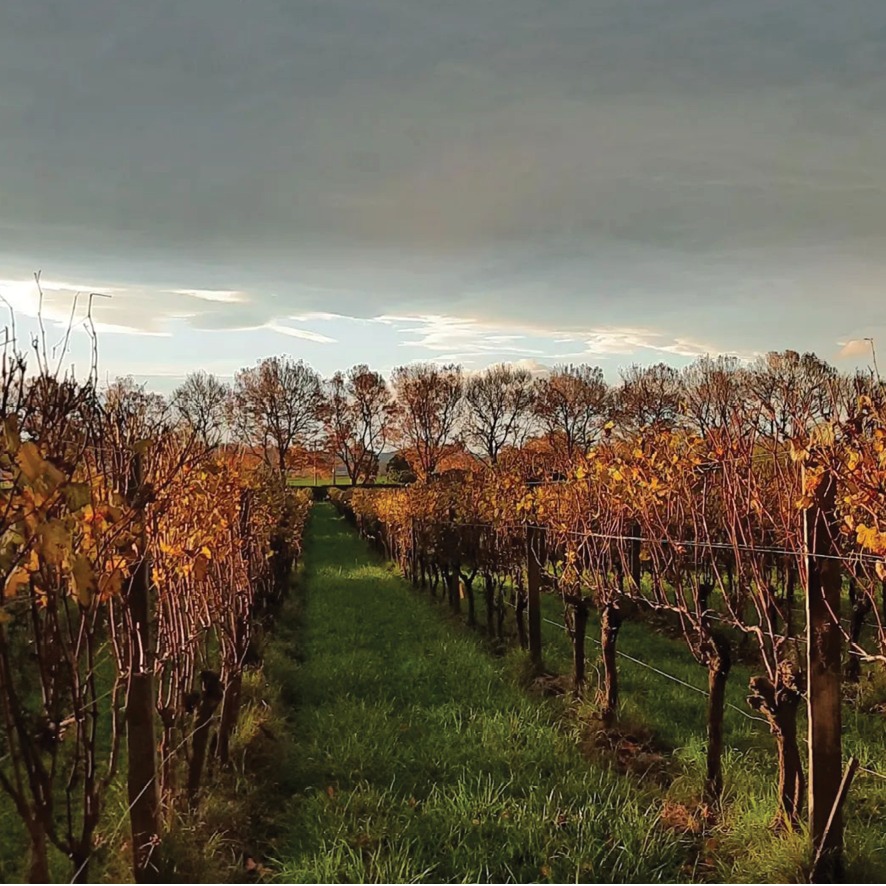
©Gisborne Wine Region
From the 1970s to the mid-1980s, Gisborne was New Zealand’s main source of grapes for the growing cask wine market. In 1982, Gisborne was the largest wine region in the country. A few years later, Montana Wines took over Penfolds which entered the Montana group together with Waiherere, the former Wohnsiedler Wine Company which had started the wine production of the region.
The smaller boutique wineries, in particular Matawhero Wines, The Millton Vineyard and Revington Vineyard, gained important national and international recognition starting in the late 1970s.
In the late 1990s, various large companies began recognizing Gisborne as a region of origin. Meanwhile, the large producers Montana, Penfolds and Corbans consolidated into one large company. Industrial giant Montana bought Penfolds in 1986 and, in 2000, acquired its bigger rival Corbans, the country’s second-largest winery. UK-based Allied Domecq acquired control of Montana in 2001 and sold it in 2005 to French company Pernod Ricard SA. In 2008, Pernod Ricard NZ owned 380 hectares of vineyards in Gisborne.
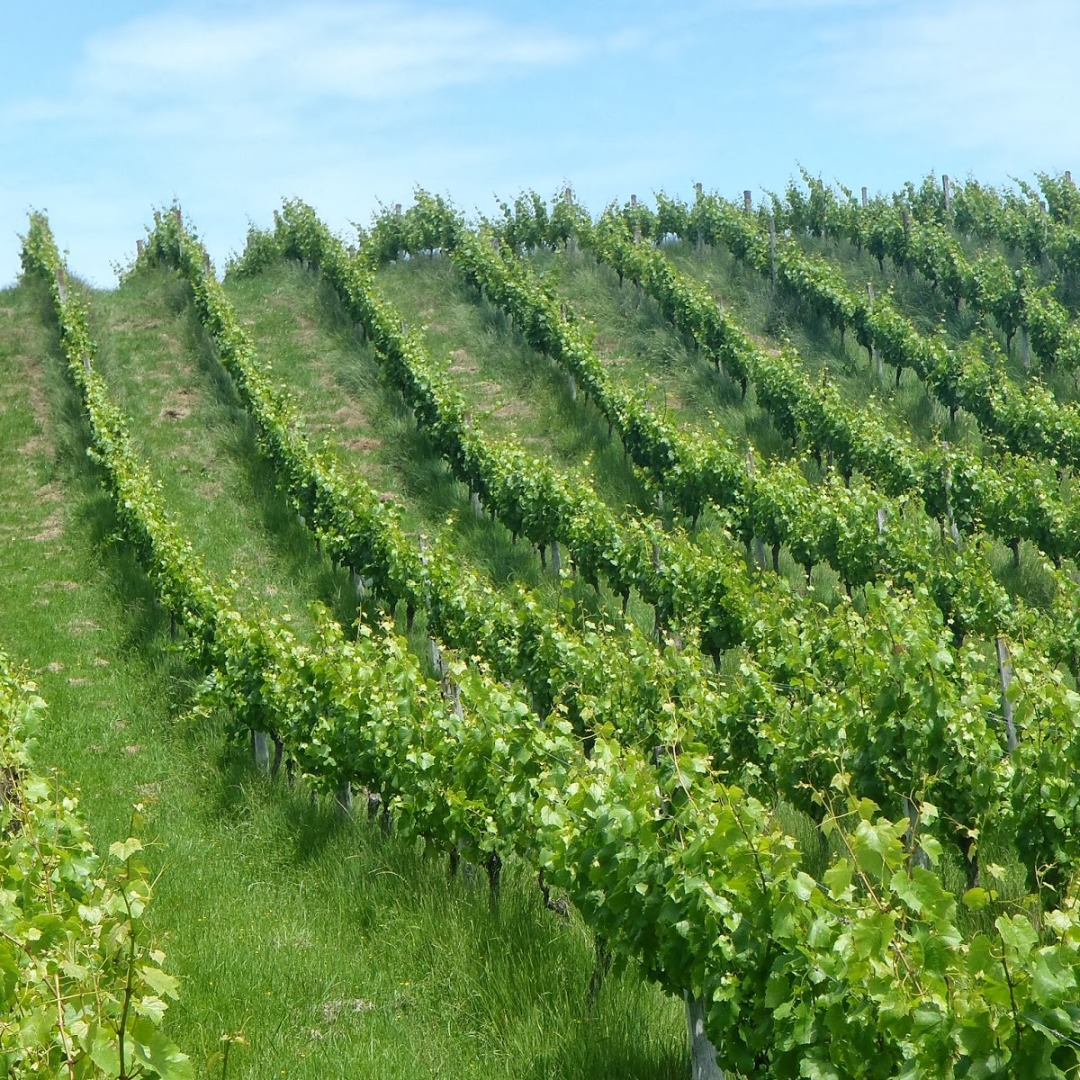
©Gisborne Wine Region
The greatest asset of the region are the Chardonnays. The grapes were the basis of Montana Wines’ Gisborne Chardonnay, the first commercially produced chardonnay in the country, dating back to 1974.
Today, Gisborne is the fourth largest wine region in the country, favored by industry professionals.
Located on the easternmost tip of New Zealand’s North Island, the region enjoys a classic maritime Pacific climate. Sheltered by hills and mountain ranges to the north and northwest, Gisborne’s hot, dry climate is moderated by the nearby ocean, with refreshing afternoon sea breezes typical of many of the world’s great wine regions. These breezes preserve the natural acidity and tropical fruit flavors. The fine loamy clay soils create full-flavoured aromatic wines with an eerie marine note, thanks to the nearby ocean.
One of the main assets of the Gisborne wine region is the gentle spring rains and a long, dry summer which allow for dry farming of a wide range of grape varieties. The vast majority of Gisborne’s significant vineyards are not irrigated, nor do these vineyards use overhead sprinklers for frost control.
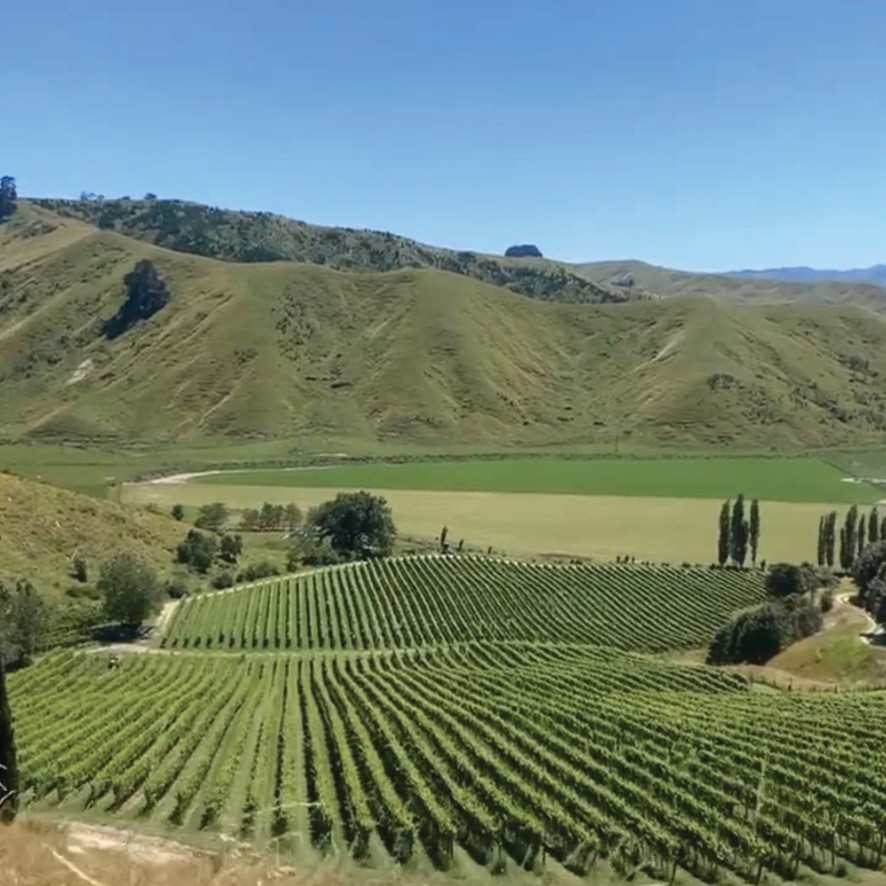
©Gisborne Wine Region
Varietals:
Chardonnay
Chardonnay is both Gisborne’s most planted variety and its highest profile with 664 hectares of grapes planted in 2016.
The mild maritime climate means that the wines are typically fruity with aromas and flavors of tropical fruit and stone fruit, with lower acidity and a softer, more open structure on the palate. Chardonnay grapes in Gisborne are suitable for both sparkling wines from older selections and full-bodied table wines where the silky clays and cool sea breezes produce wines of great depth and exotic concentration.
Gisborne is capable of producing wines from fragrant and fruity styles with minimal winemaking intervention to layered and full-bodied styles that can be cask fermented and matured and have yeast autolysis and the influence of malolactic fermentation. The use and choice of oak and winemaking techniques vary according to style and market position.
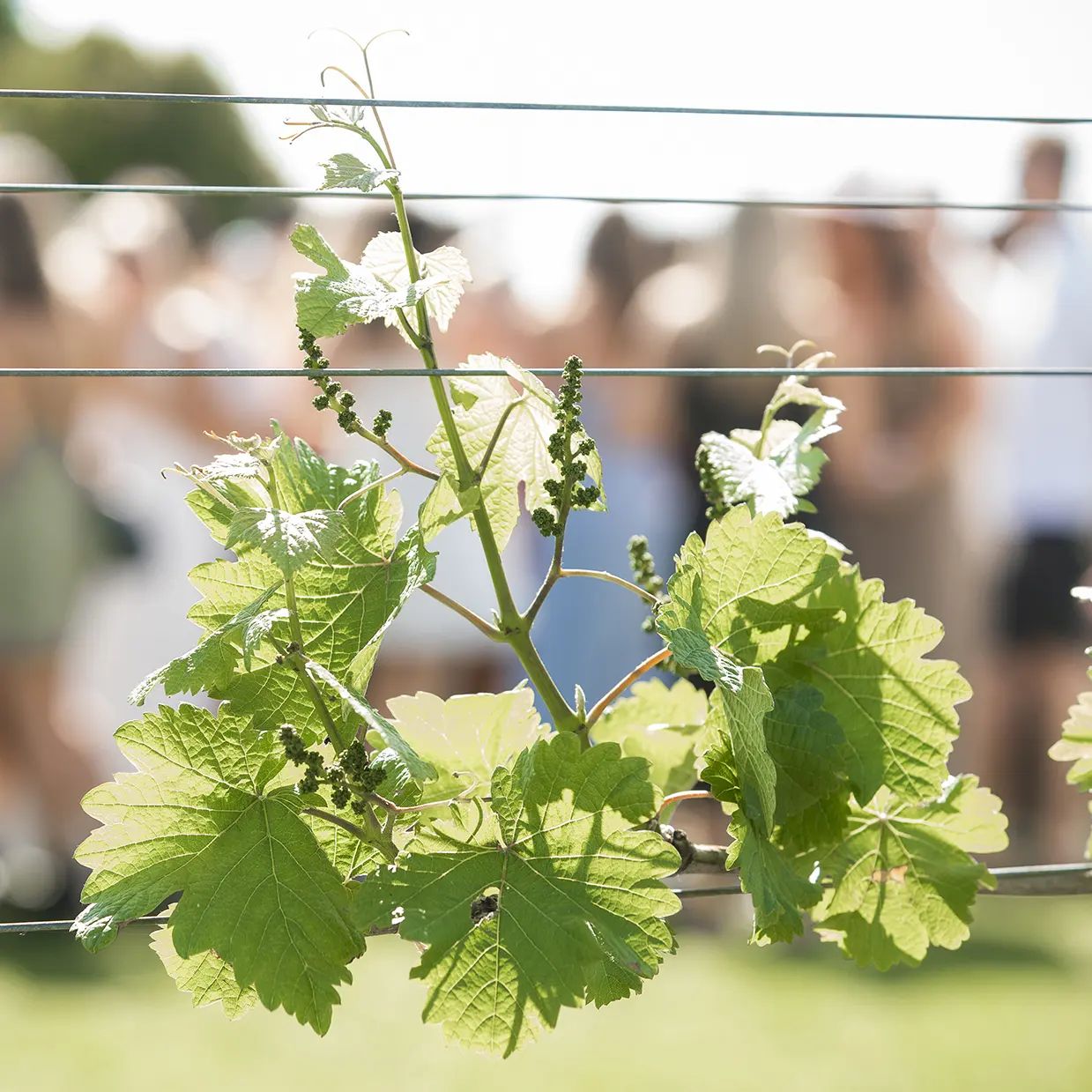
©Gisborne Wine Region
Sparkling wines
The region’s rich young soils derived from sedimentary deposits, together enhanced by the mild maritime climate and high hours of sunshine, allow the grapes to be harvested early in the season with ripe fruit flavors and retention of natural acidity. The classic styles of the traditional method are made from early harvested Chardonnay and Pinot Noir grapes and offer a wide range of classic styles with wines that display a soft mousse and silky tactile appeal. Other varieties such as Muscat are made in a lower alcohol style by tank fermentation or occasionally added carbonation.
Pinot Gris
Pinot Gris is the second most widely planted variety in the Gisborne region with around 343 hectares in 2016. The grapes have thin skins and tight clusters which can be a challenge in wet seasons but allowed to fully ripen in regular years produces styles that vary in sweetness and intensity of fruit but typically expressing exotic melon, Asian spice and warm mouthfeel. New clones for the region, as well as careful viticulture techniques, have increased the ability of growers to advance the potential of this variety. The wines are generally vinified in stainless steel to preserve the aromatic and gustatory purity.
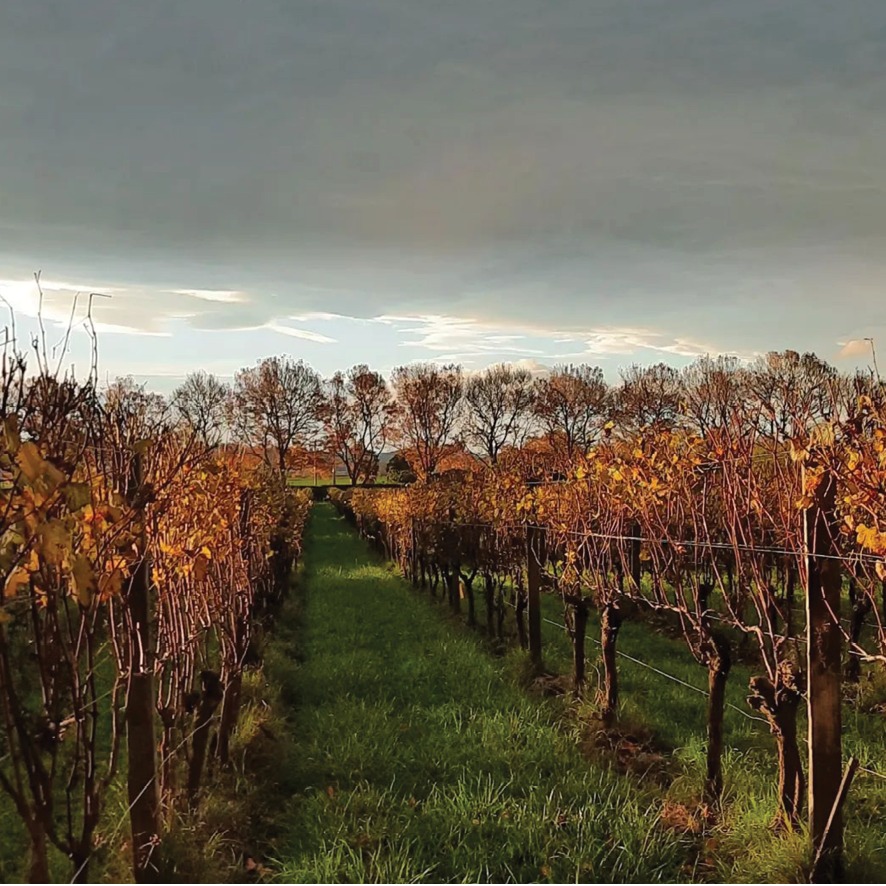
©Gisborne Wine Region
Gewürztraminer
Gewürztraminer stands out among the aromatic varieties planted in the Gisborne region with distinctly aromatic, layered and spicy wines. The plantings are relatively small at 43 hectares in 2016 and are home to some of the most critically acclaimed wines in the country, with a producer dedicated solely to producing world-class Gewurztraminer. The wines tend to be vinified in a neutral way to preserve aromatic and gustatory purity and overall intensity.
Viognier
Viognier prefers warm, clean air in its growing season to express well-ripened, richly aromatic wines with incredible mouth-filling textural qualities and as such Gisborne’s unique climate can provide these qualities. Gisborne is small planted at around 29 hectares in 2016 and produces wines of good varietal expression and balance with ripe stone fruit and floral aromas and intensely fruity full bodied palates. The oceanic influence can result in an almost unnerving saline quality to some wines. The wines may or may not have oak used during winemaking to balance the natural phenolics, and depending on the style desired, are generally dry and higher in alcohol style.
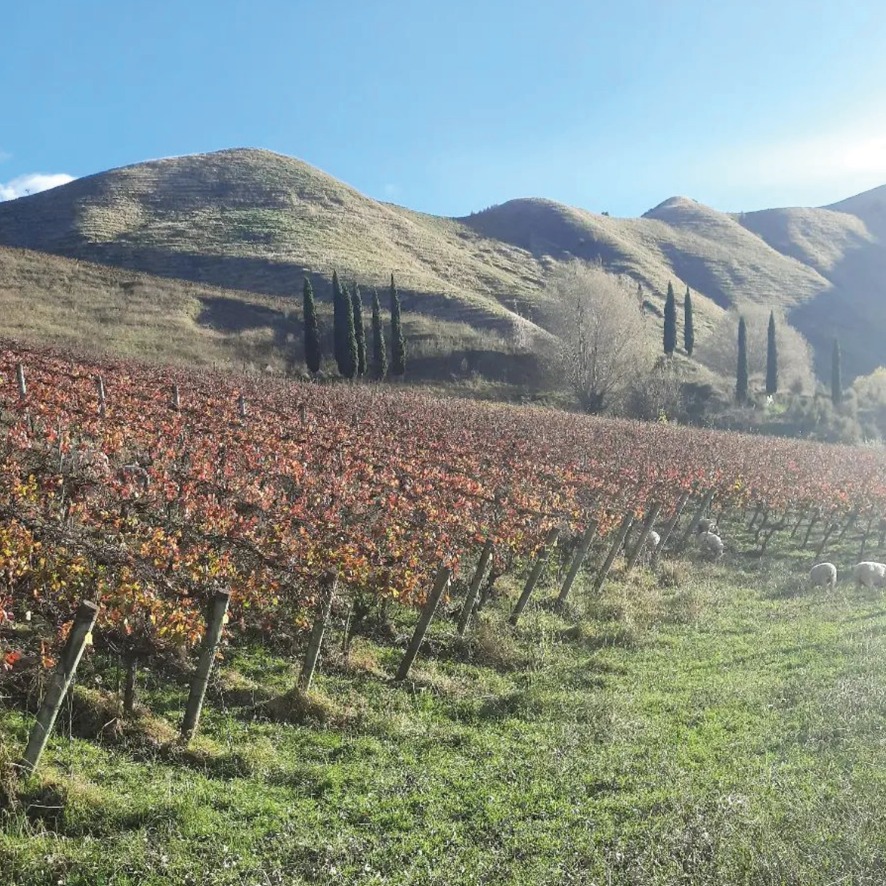
©Gisborne Wine Region
Chenin Blanc
The small plantings of 6.2 hectares in 2016 are among the oldest in New Zealand and the Gisborne Chenin Blanc regions enjoy a strong international reputation thanks to a select and dedicated producer. The wines are typically moderate to fuller bodied with complex aromas and rich flavors of ripe apple and quince with a rich texture of lanolin. They can range in style from dry to non-dry with the occasional late harvested dessert wine when unique conditions permit. Typically vinified in a neutral fashion, older oak can also be used for additional texture. The variety is naturally high in acid which is useful for maintaining good structure in Gisborne’s maritime climate and offering full bodied wines which have the ability to achieve excellent aging potential.
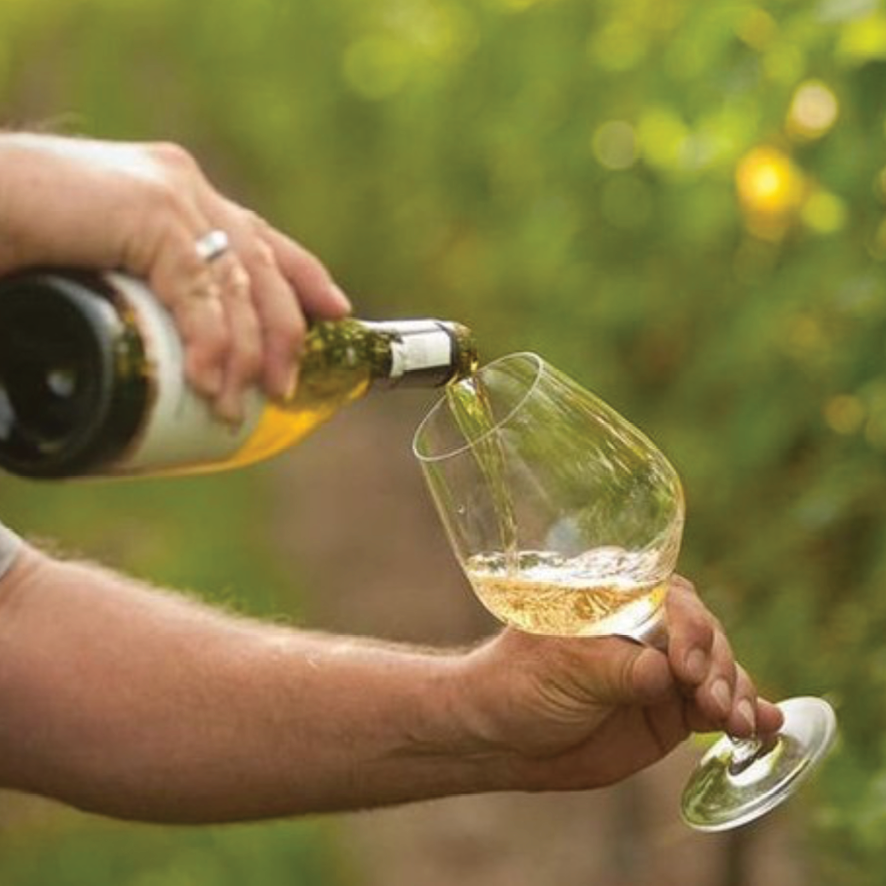
©Gisborne Wine Region
Gisborne has limited plantings of red varieties. Malbec and Merlot are established as reliable red varieties for the Gisborne region. The early ripening habits allow the grapes to fully ripen in the autumn resulting in wines with a dense blue colouration, robust plum and black fruit flavours, delicate tannins and soft acidity. Often plantings are found on slopes on either side of the valley where the elevation and thinner soils allow for timely ripening and subtle complexities. Syrah enjoys small plantings in selected sites where these dry-cultivated soils give the wines a sense of complexity with layered fruit richness and satiny tannins. The significant majority of Gisborne Pinot Noir plantings are devoted to early harvested styles of sparkling wines. Gisborne red varietals are typically soft, fruity ripe wines produced in the traditional way and offer a delicate, fragrant freshness, typically with a subtle use of quality French oak.


